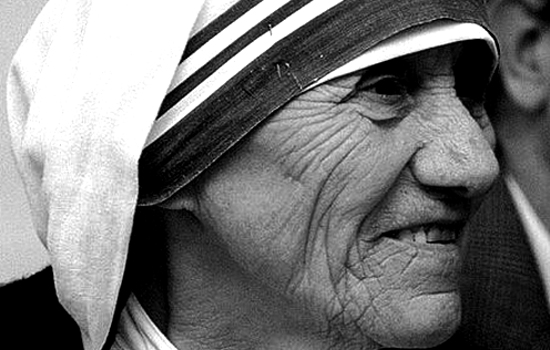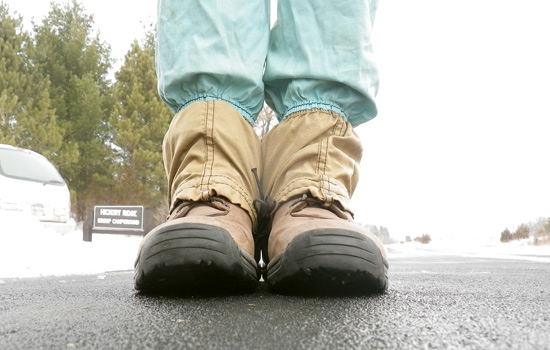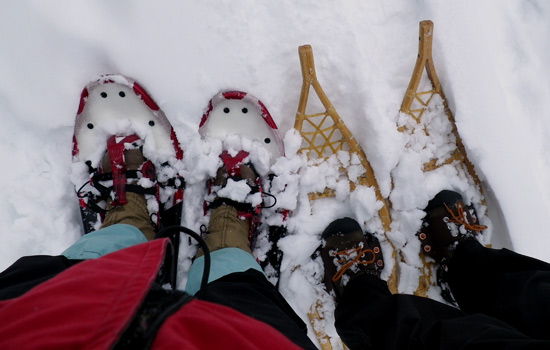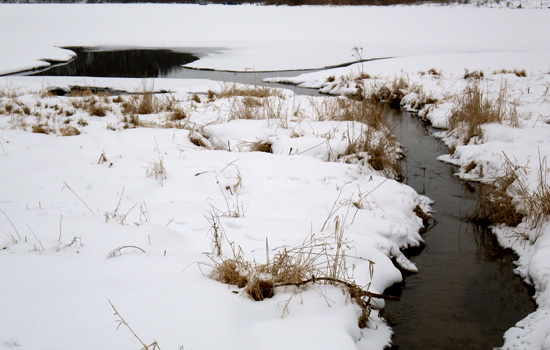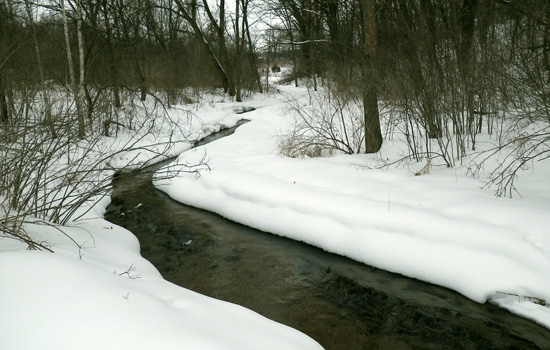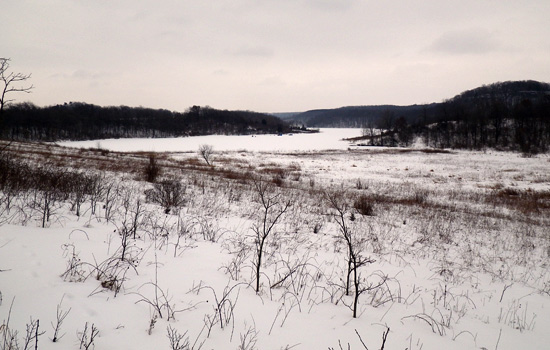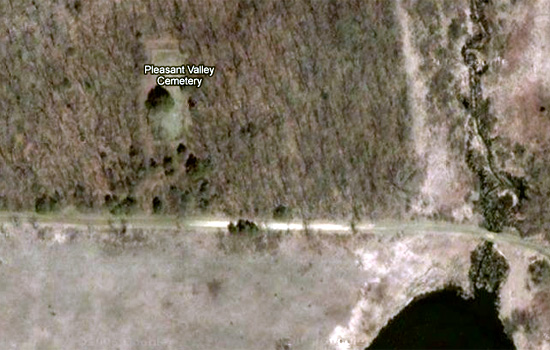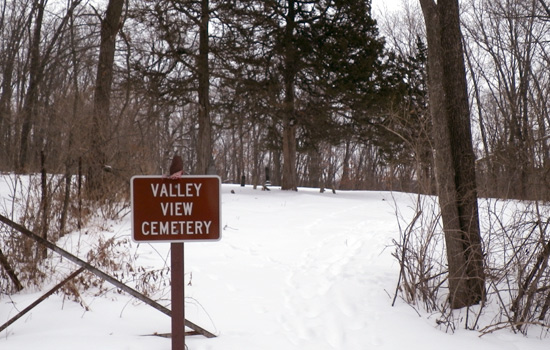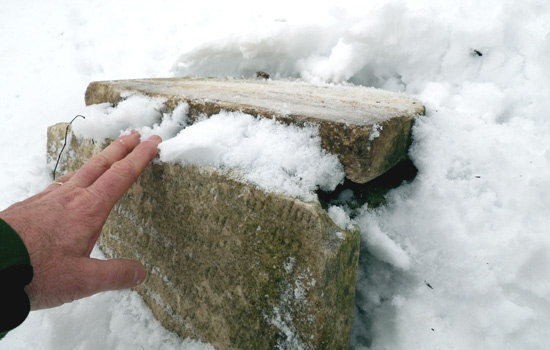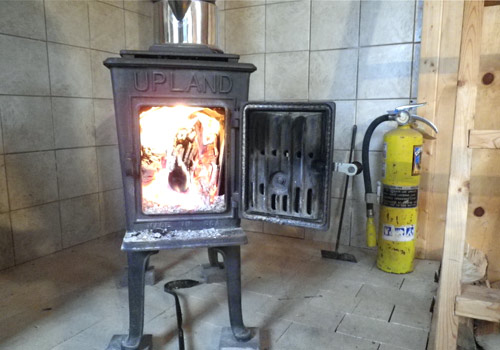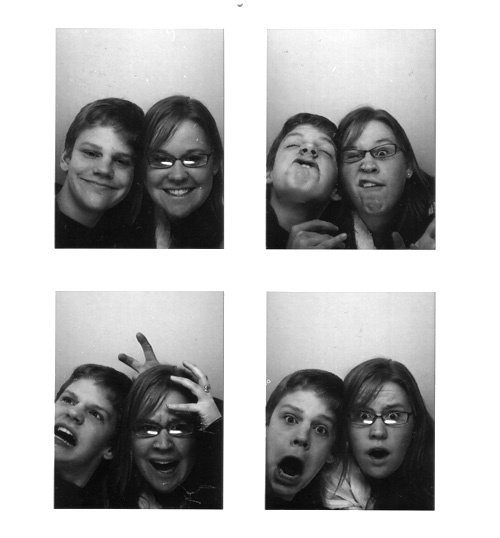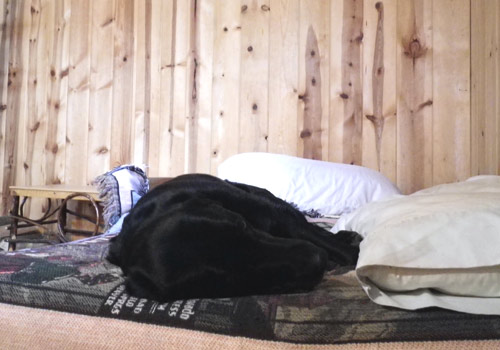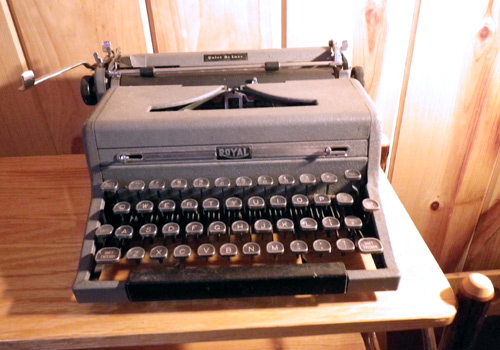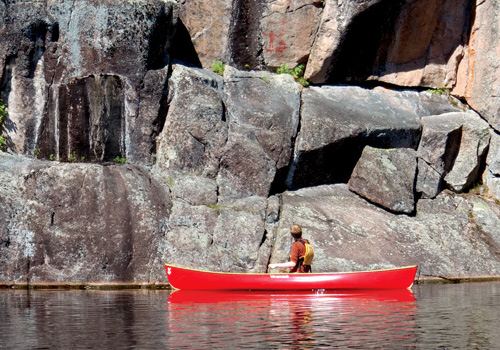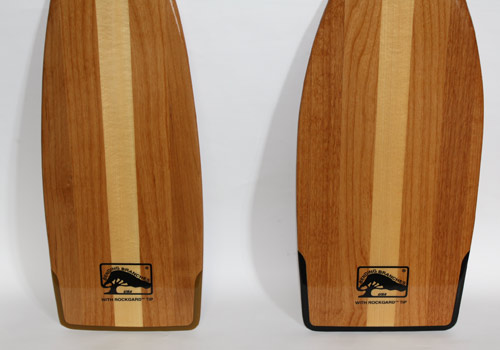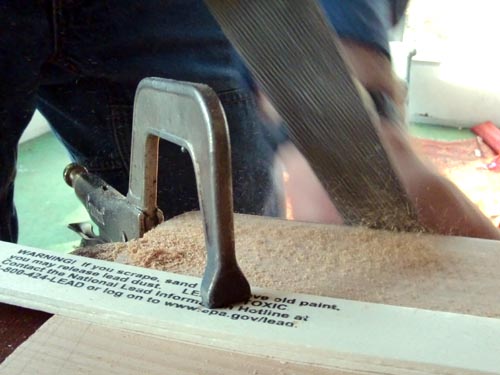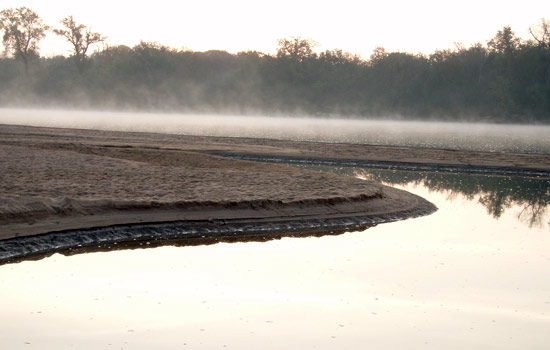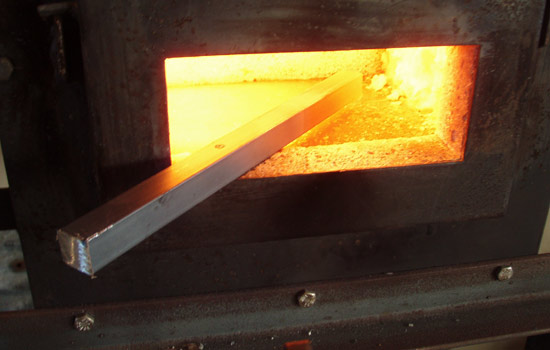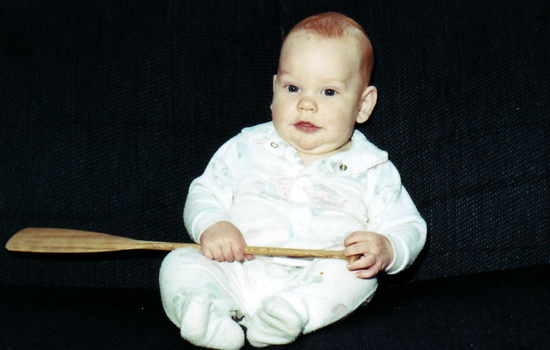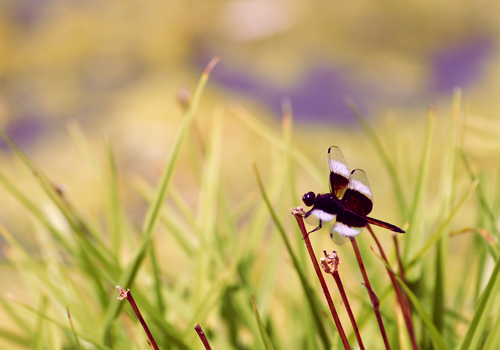The Manly Art of Solo Canoe Tripping
What sets a canoeing expedition apart is that it purifies you more rapidly and inescapably than any other travel. Travel a thousand miles by train and you are a brute; pedal five hundred on a bicycle and you remain basically a bourgeois; paddle a hundred in a canoe and you are already a child of nature.
— Pierre Elliott Trudeau, Prime Minister of Canada 1968-1984
For some, the idea of a wilderness trip is a bit of a daunting task. The “what-ifs” are endless: what if I get lost, run out of food, sprain an ankle, get eaten by a bear, etc. Truth is you’re much more likely to get hit by a bus on your way to work than you are to be eaten by a bear. Frankly, you just don’t taste that good.
There is, however, a romanticism associated with the wilderness. John Wesley Powell, Marquette and Joliet, Lewis and Clark, Jim Bridger, Alexander MacKenzie, and dozens of other adventurous men set out to see what was beyond the horizon. It was often more of the same stuff that was on this side of the horizon, but once in a while they’d see something that took their breath away. As William Clark said, “Ocian [sic] in view! O! The joy!” After Nevada, I’m not surprised.
But that raises the question: Why should I venture out on my own?
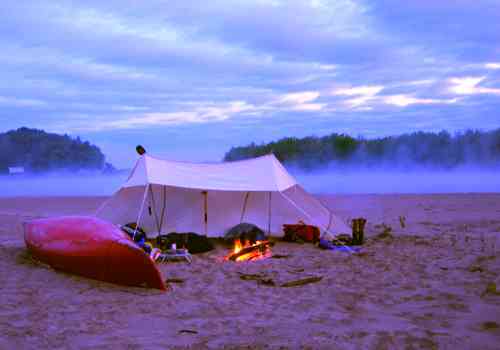
Well, why not?
It is a myth that solo excursions are dangerous. Solo excursions are risky. Risk can be managed.
To risk is to be alive; to be human, to be manly. To risk without management is foolhardy and immature. Famous last words of a fool are often “Hey guys! Watch this!”
While it is true that you cannot eliminate all risk, you can mitigate it to where it is almost negligible, allowing freedom to do what you choose. Risk management requires just a few things.
Knowledge of Skills
It is a basic fact that the more skills you have at a particular task, the safer your task will be. Carpenters rarely put a chisel into their palm. Chefs burn themselves a lot less than home cooks. Truck drivers drive millions of miles without incident. I don’t swim out of a canoe unless I want to.
Skills come from humility, training, mentoring and experience. Search for the skills you don’t know, have the humility to admit it, learn all you can about the skill, find someone to teach and mentor you, then practice it on your own until you reach a level of competence. This is true for every skill, not just outdoor skills.
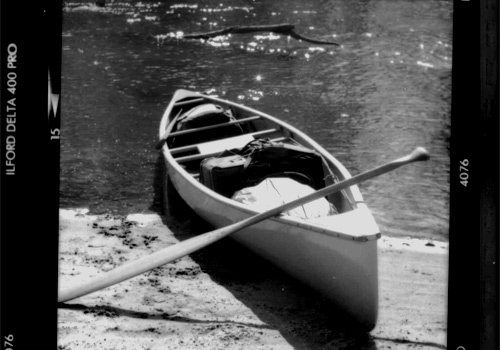
My experience is that the rarer the skill, the more likely you are to find someone willing to mentor you. Finding someone to teach me blacksmithing was fairly easy. I showed interest, demonstrated a desire to learn, and showed that I knew which end of the hammer was the business end. Seek out mentors, classes and clubs. Ask and ye shall receive. Then practice.
Knowledge of Self
This is just as important as skills. Knowing what you don’t know is as important as knowing what you do. As mentioned before, the keys are humility and respect for your environment. Both are required, and missing either can be anything from annoying to fatal.
Admit you don’t know something, especially if it’s something you think you should already know. That’s how you learn, and chances are someone else feels the same way. My experience teaching outdoor and primitive skills has proven time and again that the guy who is humble and asks the most questions learns the most and ultimately, gets the most out of the training.
I once had a leader from a large Scout troop show up for a moving water training session for their troop. “This is for the boys,” he boasted. “I already know how to do all this stuff.” He was one of the worst paddlers I’ve ever seen, and he left with nothing new. It was easy to find his mouth; I just couldn’t find his ears.
A Plan and the Ability to Execute
The best gear and the best skills mean nothing without a plan. Even a short day hike can be ruined if the weather turns and your raincoat is in the car a mile away. Ears get cold. You get thirsty. You go to the river and forget your paddle. (Yes, I have done that. I had to borrow a paddle leaning up against side of an unoccupied river house, which I returned with $10.00 attached to the paddle with a rubber band. Lesson learned.)
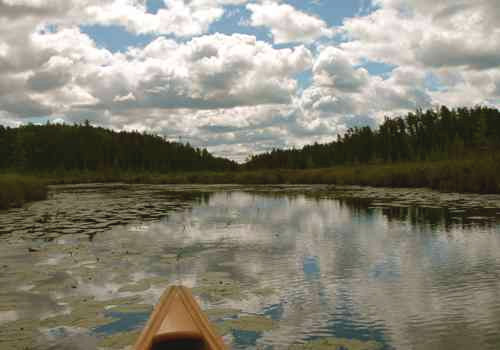
Now my gear is (mostly) organized with laminated lists attached to everything, and a master list for what gets loaded in the truck for each type of trip.
The Most Important Piece of Equipment
The critical piece of gear is between your ears. Learn to listen to that little voice in your head. You need to know when to bail.
A few years ago I took a solo trip in late trip in October. Beautiful weather, a little chilly, but no wind and a little sun. The sun was low and the light was perfect. Until about 10:00 that night. It started to blow, and sleet pelted the canvas of my lean-to. By 4:00 AM it was blowing like stink, 30 gusting to 40, whitecaps moving upriver. Unpleasant. After a leisurely breakfast, I paddled about 30 minutes and gained less than a mile.
It was 12 miles downstream to my car, but a mile from the next landing. I could have “toughed it out,” but a few whitecaps over the bow and I was convinced that I’d rather call. I probably would have been okay, but the risk of an unpleasant or potentially dangerous event was too high for me. I called Wife 1.2. She was relieved.
If I’m going somewhere I’ve never been before, I can minimize risk by learning as much as I can about where I’m going. Maps and websites are great, but talking to locals is the best way to get the real dirt on what’s going on. GPSs are great, but if the river is too shallow to navigate, you can know within three meters where you can’t go.
So you have the gear, the skills, and the plan and the local layout. If you’re a novice, maybe you go with friends first until you feel more comfortable on your own. Maybe you go with three or four friends and paddle or hike together during the day but camp solo at night. Ease into it. Gain confidence and practice your skills.
At some point, you will then want to go out on your own, whether it’s a hike, a paddle or a cross-country bicycle trip. At that point you’ll have the confidence that comes from skills, the right gear, and a plan. And a nice dash of humility, for safety’s sake.
Manliness is about knowing yourself as you really are, and there are few better ways than to spend some time with only yourself for company. You may find yourself going an entire day without speaking or spontaneously break into song, since no one is around to criticize you, even if you can’t sing for toffee.
You’ll find that your life is reduced to the simplest wants and needs; food, clothing, and shelter, and even that becomes simpler. Your meals become almost sacramental; eaten slowly, without haste, tasting rather than gulping. My favorite river lunch is an apple, some good aged cheddar and a nice chunk of bread, and ginger snaps the size and hardness of a poker chip. I may cook a little steak over a nice bed of coals from a downed hickory, split into thumb-sized sticks. Salt and pepper. That’s it, and that’s all I need.
Respectfully submitted,
Canoelover

